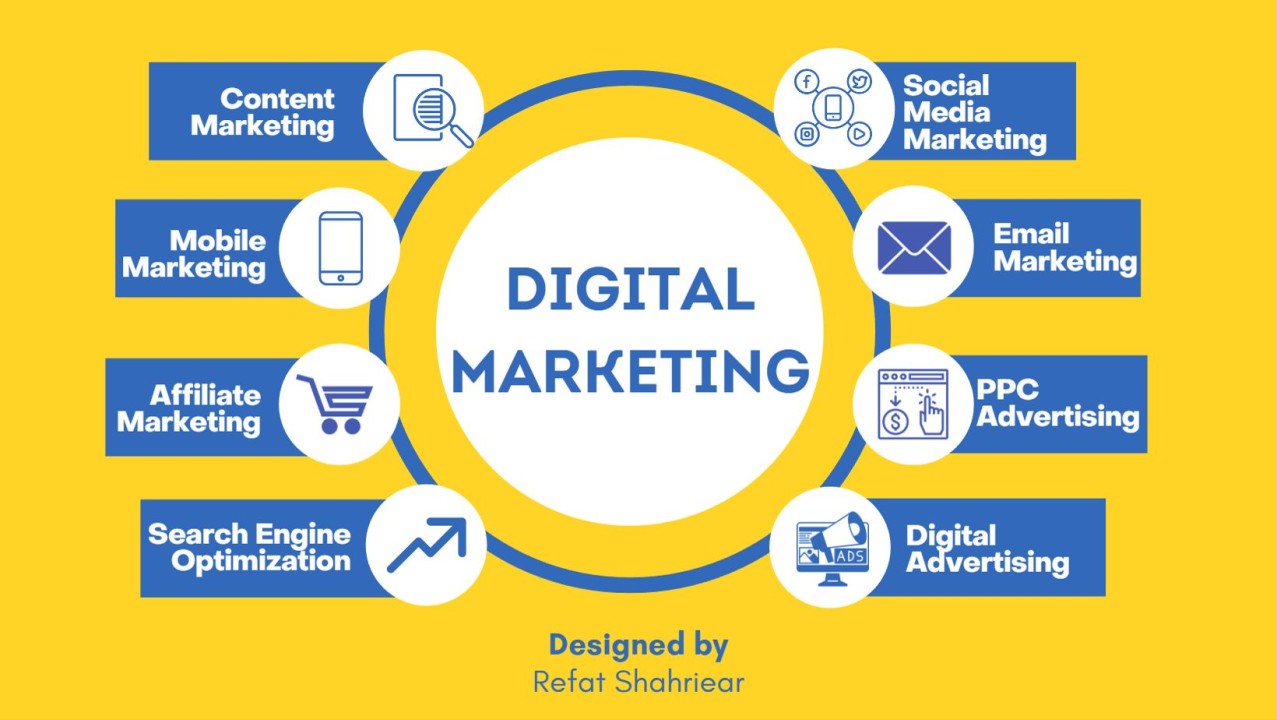Explore the Limitless Possible of Web Design: Igniting Digital Technology
Enhance User Experience and Drive Web Traffic With Responsive Internet Style
In today's digital landscape, where customers are accessing sites from a wide variety of gadgets, responsive web style has actually ended up being extra vital than ever. With its ability to adjust and effortlessly readjust to different display sizes, receptive layout not just boosts user experience but also drives traffic to your web site.
Why Receptive Website Design Issues
Receptive web style is a necessary element of modern-day web development as a result of its ability to make certain ideal customer experience across numerous devices and display sizes. With the spreading of smartphones, tablet computers, and other smart phones, it has actually become essential for websites to adjust and supply seamless functionality no matter of the gadget being used.
The primary reason responsive website design matters is that it permits customers to have a consistent and delightful searching experience, no matter the device they are utilizing. A responsive website automatically readjusts its style, material, and format components to fit the screen dimension and resolution of the gadget, ensuring that users can easily engage and browse with the internet site with no hassle or irritation.
In addition, receptive internet layout additionally plays a substantial duty in seo (SEARCH ENGINE OPTIMIZATION) Internet search engine, such as Google, focus on internet sites that are mobile-friendly and responsive in their search results page. By incorporating receptive design concepts, web sites can boost their presence and position, bring about raised natural website traffic and prospective clients.

Boosting Individual Involvement With Responsive Style
Maximizing user interaction is a vital goal of responsive layout, as it ensures that users can quickly accessibility and interact with site material on any kind of tool. With the increasing use mobile phones and tablet computers, it is important for internet sites to adapt to different screen dimensions and resolutions. Receptive design allows websites to automatically change their format and content to supply a smooth user experience across gadgets.
Among the main methods receptive style enhances customer engagement is by decreasing tons times. With a receptive site, customers don't have to wait on separate mobile variations to lots, causing much faster access to material. This enhanced rate brings about greater customer complete satisfaction and motivates them to spend more time on the site.
Additionally, responsive design enhances customer engagement by improving navigating and interface (Web Design). When a website is designed responsively, switches and food selections are enhanced for touch interactions, making it easier for customers to interact and browse with the website on their mobile gadgets. This intuitive and straightforward experience keeps users engaged and motivates them to check out more of the internet site
Moreover, responsive layout enables for far better material visibility and readability. By adjusting the layout and font style sizes to various devices, receptive websites make certain that users can quickly recognize the content and check out. This improves individual engagement by lowering the need for scrolling or zooming to check out the message.
Enhancing Website Web Traffic With Responsive Website Design
With the expanding appeal of mobile gadgets, having an internet site that is responsive to different screen sizes and resolutions is necessary for driving increased web traffic. In today's electronic landscape, users are accessing internet sites from a range of gadgets such as smart devices, tablet computers, and desktop. Each of these devices has different screen dimensions and resolutions, and if your internet site is not designed to adapt to these variations, it can bring about a poor individual experience and a loss of potential traffic.
Responsive internet layout makes certain that your internet site looks and functions optimally across all gadgets. By utilizing adaptable grids, liquid photos, and media questions, receptive layout allows your web site to instantly adjust its navigating, format, and content to fit any display dimension. This indicates that users will have a smooth surfing experience no matter whether they are utilizing a huge desktop or a small smart device computer.
Crucial Element of Efficient Receptive Style
Effective receptive design integrates several crucial elements that ensure a smooth user experience throughout different gadgets. Among these elements is versatile grids and layouts. By utilizing relative devices like percentages rather than fixed devices like pixels, designers can produce layouts that adjust and scale to fit various screen dimensions. This allows material to be presented in a visually enticing and understandable manner on any type of device.
One more vital element is media inquiries. These enable developers to apply various designs and formats based upon the attributes of the individual's tool, such as display dimension and orientation. By utilizing media inquiries, designers can enhance the discussion of material for each and every tool, guaranteeing that it is legible and conveniently obtainable.
Receptive photos are also essential in efficient responsive design. Images that are too large can decrease page load times on mobile devices, while images that are also tiny might show up pixelated on larger displays. By utilizing methods such as responsive picture resizing and lazy loading, developers can ensure that pictures are appropriately sized and optimized for click reference each device.
Lastly, reliable receptive style includes a mobile-first approach. This means focusing on and developing content for smart phones initially, and then expanding and boosting the style for bigger screens. This approach ensures that one of the most essential content is conveniently available on smaller displays, while still offering a rich experience on bigger devices.
Ideal Practices for Carrying Out Receptive Internet Design
Applying responsive website design calls for cautious factor to consider of different best methods to guarantee an optimum individual experience throughout different tools. Right here are some vital finest techniques to comply with when implementing responsive website design.
First of all, it is important to focus on mobile users. With the raising supremacy of mobile tools, developing for mobile-first has actually ended up being essential. Begin deliberately for smaller screens and after that progressively boost the layout for bigger screens.

Another important finest method is to enhance pictures for different display resolutions. Big photos can reduce down the loading time of your internet site, particularly on mobile tools published here with slower connections. Usage responsive photos that can be resized based on the tool's screen resolution to boost performance.
Furthermore, test your web site on different gadgets and screen dimensions to make sure a consistent and smooth experience. There are numerous testing devices offered that can aid you identify any kind of issues and make needed adjustments.
Last but not least, prioritize use and availability. Ensure that your web site is easy to navigate, with clear and succinct material. See to it that your site is obtainable to people with specials needs and follows ease of access standards.
Conclusion
In final thought, receptive website design plays a crucial function in boosting individual experience and driving traffic to internet sites. By adopting responsive layout concepts, sites can make sure optimum viewing experiences across different tools, causing increased individual involvement (The Ad Firm). Additionally, receptive layout can also contribute to higher site web traffic as it boosts search engine rankings and helps with simple sharing of material. Companies ought to concentrate on carrying out the vital components and ideal techniques of receptive style to efficiently meet the demands of modern-day users.
Optimizing individual engagement is a crucial goal of responsive design, as it makes certain that individuals can conveniently gain access to and connect with site web content on any type of tool. Responsive style makes it possible click site for sites to instantly adjust their format and web content to offer a smooth customer experience across gadgets.
In addition, responsive style improves customer engagement by enhancing navigating and user interface.Receptive photos are also critical in effective responsive style. By taking on receptive design principles, web sites can guarantee optimal checking out experiences throughout various tools, leading to increased user interaction.